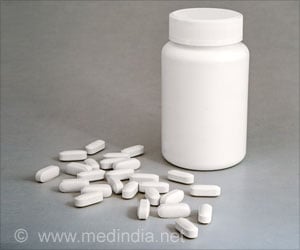While hemostasis is necessary for survival, the pathological formation of a blood clot, or thrombosis, poses significant health risks.

‘New oral anticoagulants (NOACs) represent direct-acting drugs functioning selectively for one specific clotting factor.’





The authors of the article highlight the features of apixaban, which is - as the other NOACs - a convenient drug for its predictable linear pharmacokinetic and pharmacodynamic properties that provides good bioavailability, is independent of patient sex and age, is an immediate-release form of oral pill with fast dissolution, has a quick onset and offset of action which is useful under the bleeding or surgical conditions, has a short half-life, a relatively wide therapeutic window, and a low number of drug and food interactions without any requirement for the restriction of the diet. Moreover, variable dose strengths are available and the effectiveness of the drug is not needed to be monitored, although in some clinical situations it should be considered. Switching patients from low-molecular-weight heparins and vitamin K antagonists to NOACs is also relatively easy. One of the key advantages in general are the safety issues with a lower incidence of major bleeding events. For all these advantages, the authors chose to present the complex review of the apixaban´s characteristics including the development of the drug, its pharmacologic properties and metabolism. They also underlined the need to keep in mind the specific clinical situations in which apixaban should be used with caution, such as hepatic impairment, kidney disease, bleeding symptoms, problems with compliance, extreme body weight, or potential complications derived from the co-administration of apixaban with other drugs.
The authors cordially hope that the review will be interesting for readers of Current Drug Metabolism, especially those working in the field of hemostasis, and provide inspiration for to general researchers for further research in drug metabolism.
Source-Eurekalert












